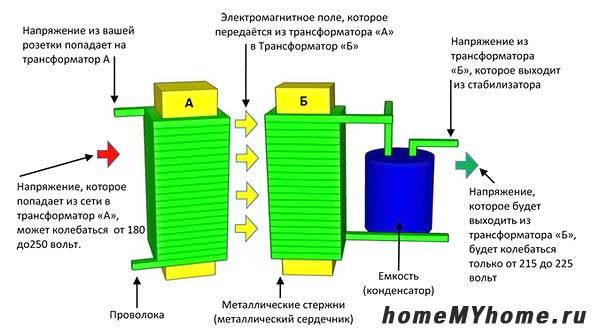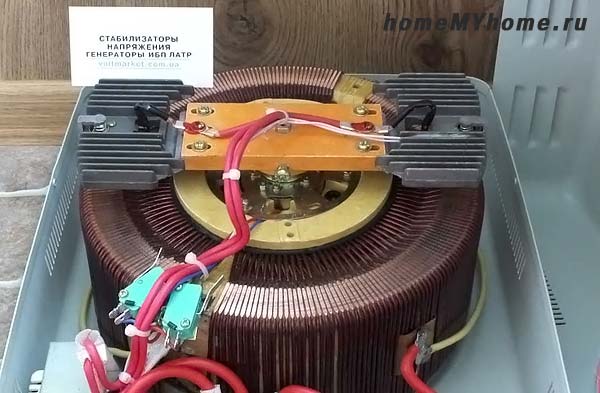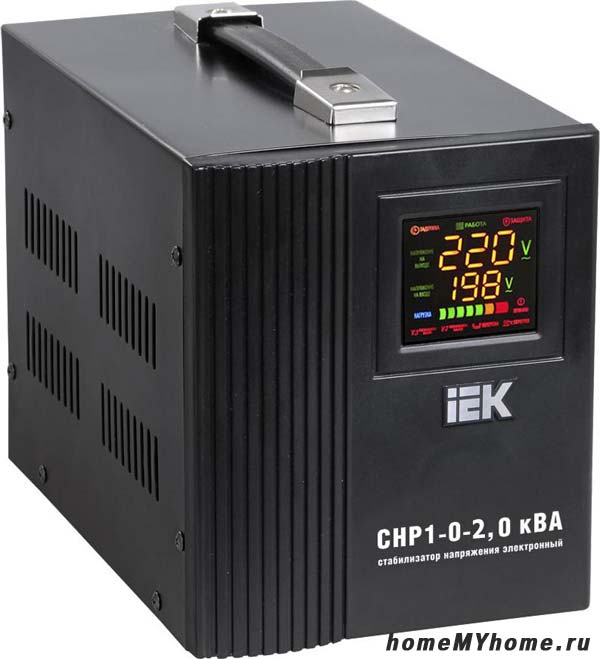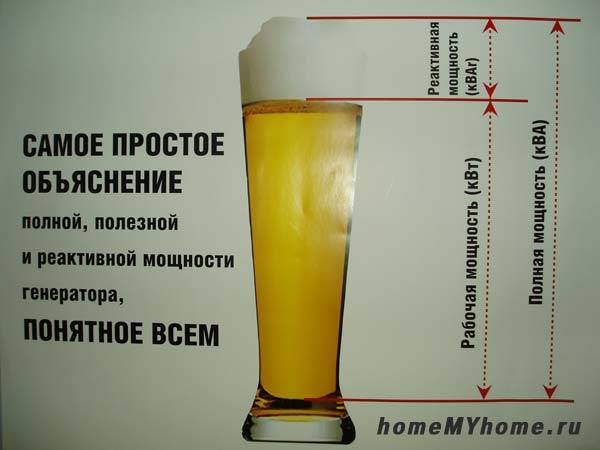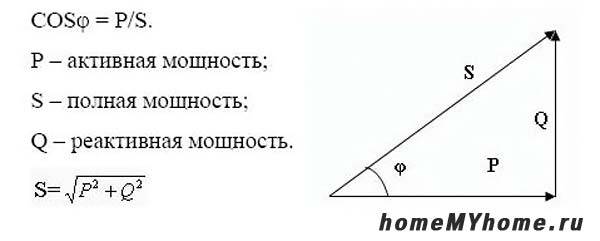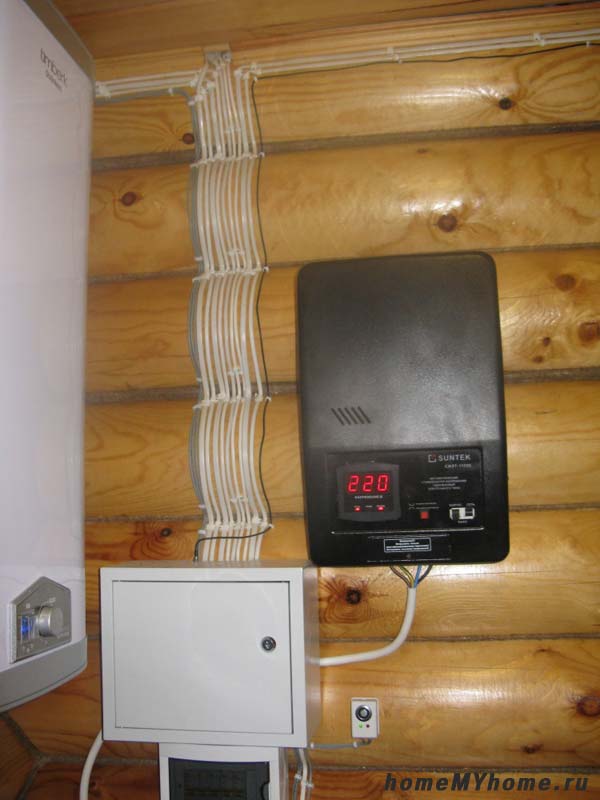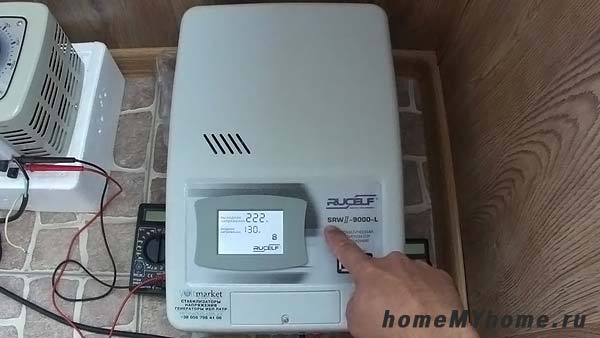How to choose a voltage stabilizer 220v for giving
We visit the dacha often or not, depending on the season and time of year. In any case, in country house there are some benefits of civilization, for example, a TV, an electric kettle, maybe even boiler, there is certainly a refrigerator. In order that during your absence as a result of changes in the network or an emergency power outage, troubles do not happen, you need to secure all devices that are connected to the mains. A stabilizer will help to cope with this task. How to choose a 220v voltage stabilizer for a summer cottage, what its functions, the principle of operation and connections, we will tell you in detail.
The content of the article
- 1 What is and why is it needed in the country?
- 2 Video: how to choose a voltage regulator
- 3 Views
- 4 Stabilizer calculation
- 5 What should be the power of the stabilizer?
- 6 Calculator for calculating the current-voltage characteristics of a voltage stabilizer
- 7 Connection diagrams
- 8 conclusions
- 9 Video: connecting the stabilizer
What is and why is it needed in the country?
Voltage drops far from the standard 3-5% in one direction or the other from 220 V is the norm today. This is due to the development of society, and, if more correctly, due to the increase in the number of consumers, and therefore the length of the transmission line. If your dacha is located near a distribution substation, then the voltage will fit into the norm, and maybe even be higher than it, but if it is far away, then it will obviously not reach it.

If at the dacha you use powerful power equipment, then a voltage stabilizer will be simply necessary
A voltage stabilizer is a device that is able to normalize the voltage supplied to electrical appliances. Overestimated or underestimated voltage will not benefit the technology, and that is why it is important to know which 220v voltage stabilizer to choose for giving. Its main purpose is to normalize the voltage so that standard 220V is supplied to the devices.
Video: how to choose a voltage regulator
Views
In total, there are 3 types of 220V stabilizers that can be installed not only in the country, but also in the house or apartment. Namely:
- Servo-driven - these devices work on the principle of changing the number of turns on a transformer.The mechanism that is responsible for stabilization is a servo drive, it starts the sliders along the transformer turns. Such a stabilizer has a low price, but since it contains many mechanical components, its reliability is far from ideal.
- Relay - here the main task of stabilization lies on power relays... They then work to switch the transformer winding. Such devices are also not very expensive, but also not very durable due to the presence of mechanical parts in the relay. A common problem is sticking contacts, which does not accompany a long life.
- Electronic - the most expensive, but also the most reliable. They have what a good device needs in order to produce the correct voltage - this is speed, noiselessness.
Stabilizer calculation
In order to calculate the power of the voltage stabilizer, you need to know its characteristics, namely the total or rated power. This concept includes active and reactive load, and the starting current should also be taken into account.
Active power
It is measured in watts. This is the load for which the electricity, which is converted into other types of energy, for example, into light and heat. Examples of such appliances are irons, washing machines, TVs.
Reactive load
Other loads belong to this type. It includes capacitive and inductive power, here it is important to take into account the total and active loads, with them the cos coefficient is always "in touch". To make it clearer, let's present an example:
We have a grinder with its power of 2000 W, its cos 0.6. To calculate the total power, the first indicator must be divided by the second:
2000 / 0.6 = 3333 W
This coefficient is not always indicated on the devices. Its average indicator is 0.7 and you can focus on it in the calculations.
Currents
Take inrush currents into account. All devices that have an electric motor give out more power at the moment of starting. To calculate it, you need to multiply the indicator indicated in the characteristics by 3. So if you have a refrigerator with a power of 250 W in your country house, then at the time of switching on socket the total power is approximately 750 W. And this must be taken into account when choosing a device.
What should be the power of the stabilizer?
The required power of the stabilizer is the sum of the power of the devices that are planned to be connected to it. Considering that there are not very many of those in the country, it is better to connect everything, it will be safer. Again an example:
If you have a TV in your country house (on average, it is 100 W), a refrigerator (200 W), lighting (about 250 W in total), an air heater (2000 W). Then the calculation of the power of the stabilizer is as follows.
100 * 3 + 200 * 3 + 250 * 3 + 2000 * 3 = 7650 W, this is taking into account the starting currents.
You will need to look for a stabilizer with a minimum of 8 kW. The more powerful your devices, the more they need a stabilizer.
Calculator for calculating the current-voltage characteristics of a voltage stabilizer
Connection diagrams
When connecting the stabilizer, there should be no current in the network. It is most rational to connect immediately after counter, before loading. The connection is made in series, in the break of the phase wire. Manufacturers often apply a connection diagram to the body of the device.
The stabilizer most often has 3 contacts for connection: this is input, output and zero.
Sometimes the stabilizer circuit has 4 contacts: 2 inputs and 2 outputs. In this case, the connection is made as follows: the phase and zero are connected to the input machine and to the corresponding "input" contact. Load wires (phase and zero) are connected to the "output".
After connecting it is important to check the correct connection. Before making the first turn on, you need to disconnect all devices from the network, turn off the lamps. After turning on the device, check the absence of extraneous noise, crackles.
Service
Whichever stabilizer you choose, you need to carry out regular maintenance. It includes tightening connections, screw and bolted. This will help to avoid fire hazardous situations and damage to the insulation, this is always important, and especially in a country house, since you do not constantly live in it. Weak contact or a loose bolt can cause a fire; it is better to prevent such situations than to pay or be punished later.
conclusions
Which voltage stabilizer 220V to choose for a summer residence will depend only on how many devices with a connection to the mains are in the house. Their reliable and uninterrupted operation is guaranteed by this particular device, regardless of your location from the transformer and the length of the power line.
Video: connecting the stabilizer




